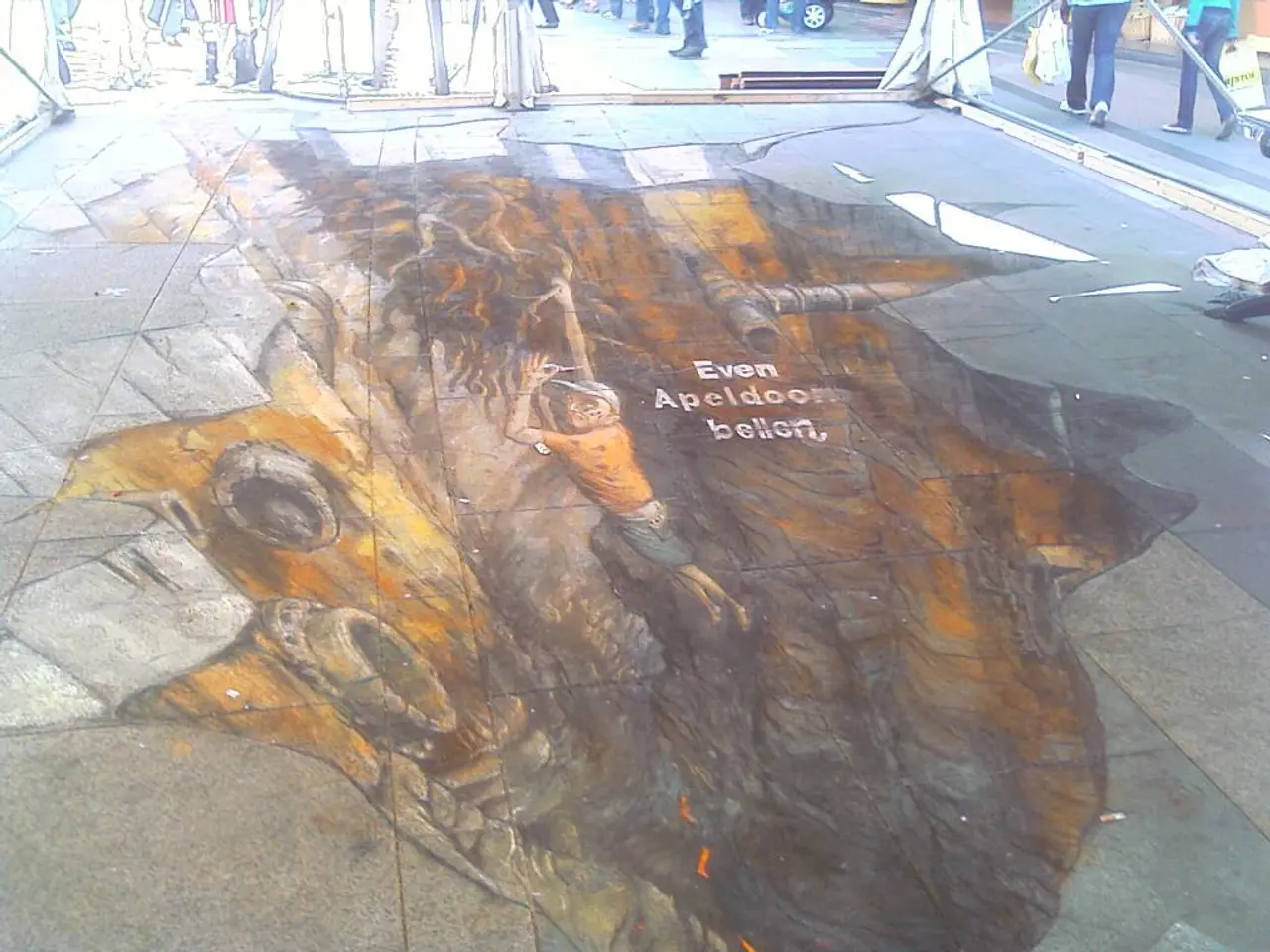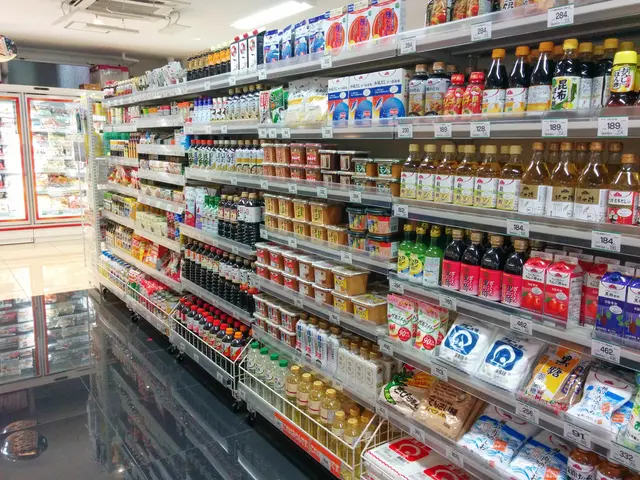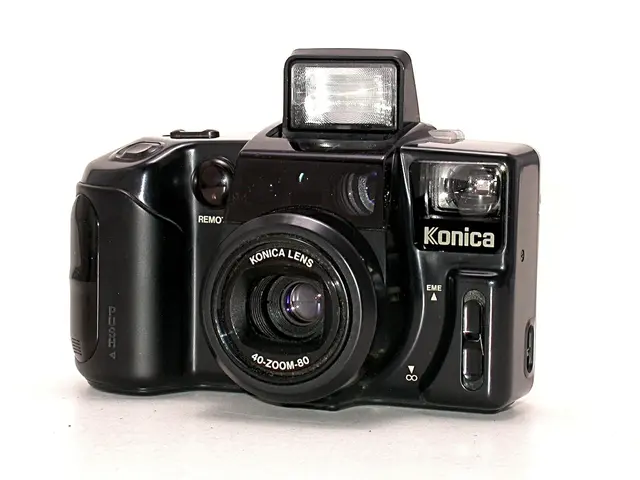Virtual Art Showcase's Emerging Trends
In the ever-evolving world of art, a new frontier is emerging - 3D virtual exhibitions. These innovative digital spaces are transforming the way we engage with art, expanding beyond the confines of physical galleries.
3D virtual exhibitions offer immersive and interactive experiences, allowing visitors to explore artworks in dynamic ways. Unlike traditional exhibitions where one can only observe art from a fixed perspective, virtual exhibitions enable visitors to explore sculptures from all angles, step inside paintings, and engage with art in ways that go beyond simple observation.
One of the key advantages of these digital exhibitions is enhanced accessibility and inclusivity. By removing physical barriers, people with mobility impairments or other disabilities can experience art remotely. Moreover, virtual exhibitions offer multi-sensory options tailored for diverse needs, broadening access far beyond those who can physically attend.
Another significant advantage is global reach. Unlike physical exhibitions limited by location and capacity, virtual ones can be accessed by audiences worldwide simultaneously through dedicated platforms and social media, vastly increasing exposure for artists and institutions.
Moreover, virtual environments offer unlimited creative possibilities. They remove the constraints of physical space and materials, enabling the creation of fully customized, imaginative settings that can evolve in real time or respond to viewer interactions.
Cost-effectiveness is another advantage. Hosting art exhibitions virtually can reduce costs related to physical space, travel, security, and setup while still delivering engaging presentations and live interactions.
Personalized visitor experiences are also a hallmark of virtual exhibitions. They can integrate layers of information and context that visitors can choose to explore according to their interests and knowledge level, enhancing educational value and engagement.
Virtual exhibitions also provide a safe haven for fragile or rare artworks. They allow the display of delicate or rare pieces without risking damage from physical handling or environmental exposure.
Exploring 3D virtual exhibitions is made easy with online apps. These mobile applications enable users to explore and interact with 3D art and exhibitions in a virtual environment. Some of these apps use augmented reality (AR) or virtual reality (VR) technology to provide an even more immersive experience.
Advanced 3D technology is integrated with artistic expression in services like Eternal 3D, which creates digital memorials through 3D Art Exhibitions and Funeral Slideshows.
In summary, 3D virtual art exhibitions are enhancing accessibility, interactivity, and creative expression while reducing costs and expanding audience reach beyond the limitations of traditional physical galleries. They are revolutionizing how we experience and engage with art, redefining visual expression beyond physical spaces.
- The fashion-and-beauty industry can also benefit from 3D virtual environments, offering consumers immersive trials of clothing and cosmetic products before purchase.
- In the realm of food-and-drink, virtual cooking classes can be conducted, teaching skills-training to a global audience using augmented reality for a more hands-on learning experience.
- Home-and-garden enthusiasts can use virtual tours to explore different furniture models, room designs, and gardening ideas before making changes to their physical spaces.
- Data-and-cloud-computing can be integrated into these virtual exhibitions, allowing viewers to access related data, such as artist biographies or the techniques used to create the art, at their convenience.
- Sustainable-living advocates can utilize these virtual spaces to showcase innovative, eco-friendly products and share resources on sustainable practices for personal-growth and career-development.
- Education-and-self-development resources, such as books, can be made more interactive by creating companion 3D virtual exhibitions, enhancing the learning experience for students and lifelong learners alike.
- The entertainment industry can extend its reach by creating 3D virtual environments for concerts, movie premiers, and theme park attractions, making them accessible to a wider audience regardless of location.




